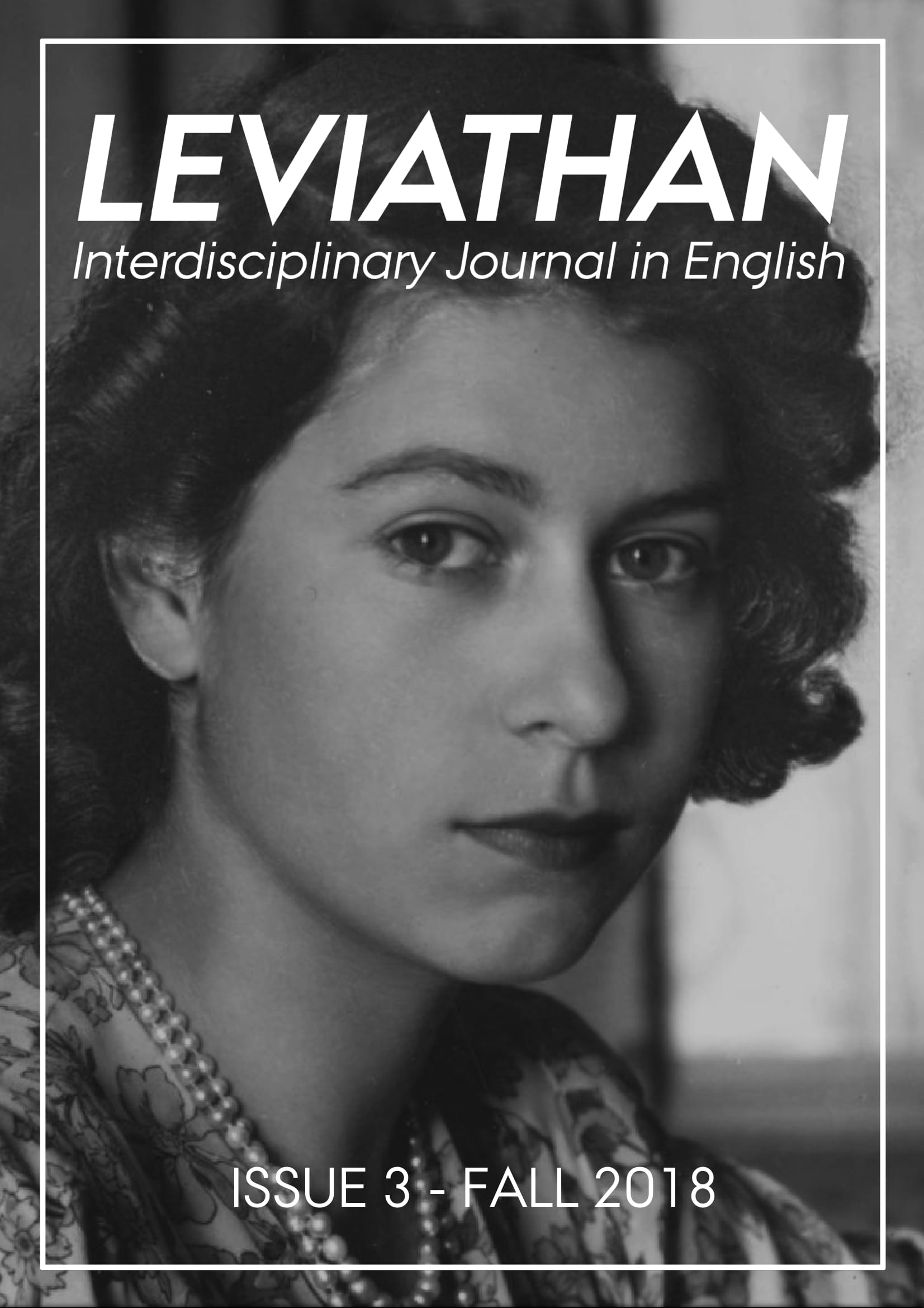A Gesture Life as Traumatic Heteroglossia
DOI:
https://doi.org/10.7146/lev.v0i3.107778Keywords:
trauma, adoption, heteroglossia, unreliable narrator, Chang-rae Lee, fiction, A Gesture Life, Literature in English 3: Conflict and IdentitiesAbstract
Traumatic narratives differ from traditional ones by defying chronological structure. Often, victims of trauma are unable to recall their trauma, and it is then present in their narratives only symptomatically. This article argues that the structure of A Gesture Life lends itself to an interpretation based on trauma theory. The narrator, Hata, is revealed as traumatized through an analysis of his evasive voice, the counter-narratives presented by other characters, and the novel’s disjointed chronology. It is concluded that like victims of trauma, Hata seeks to make up for the absence of the events that caused him to become traumatized through a fictional narrative. However, through the intrusion of his trauma and through the voices of K and Sunny, who both oppose the narrative he attempts to confine them in, his narrative is ultimately revealed as a method of repression to both himself and the reader.
Downloads
Published
How to Cite
Issue
Section
License
Attribution-NonCommercial-NoDerivatives 4.0 International (CC BY-NC-ND 4.0)
You are free to share (copy and redistribute the material in any medium or format).
However:
You may not use the material for commercial purposes.
You must give appropriate credit, provide a link to the license, and indicate if changes were made. You may do so in any reasonable manner, but not in any way that suggests the licensor endorses you or your use.
If you remix, transform, or build upon the material, you may not distribute the modified material.
You may not apply legal terms or technological measures that legally restrict others from doing anything the license permits.





